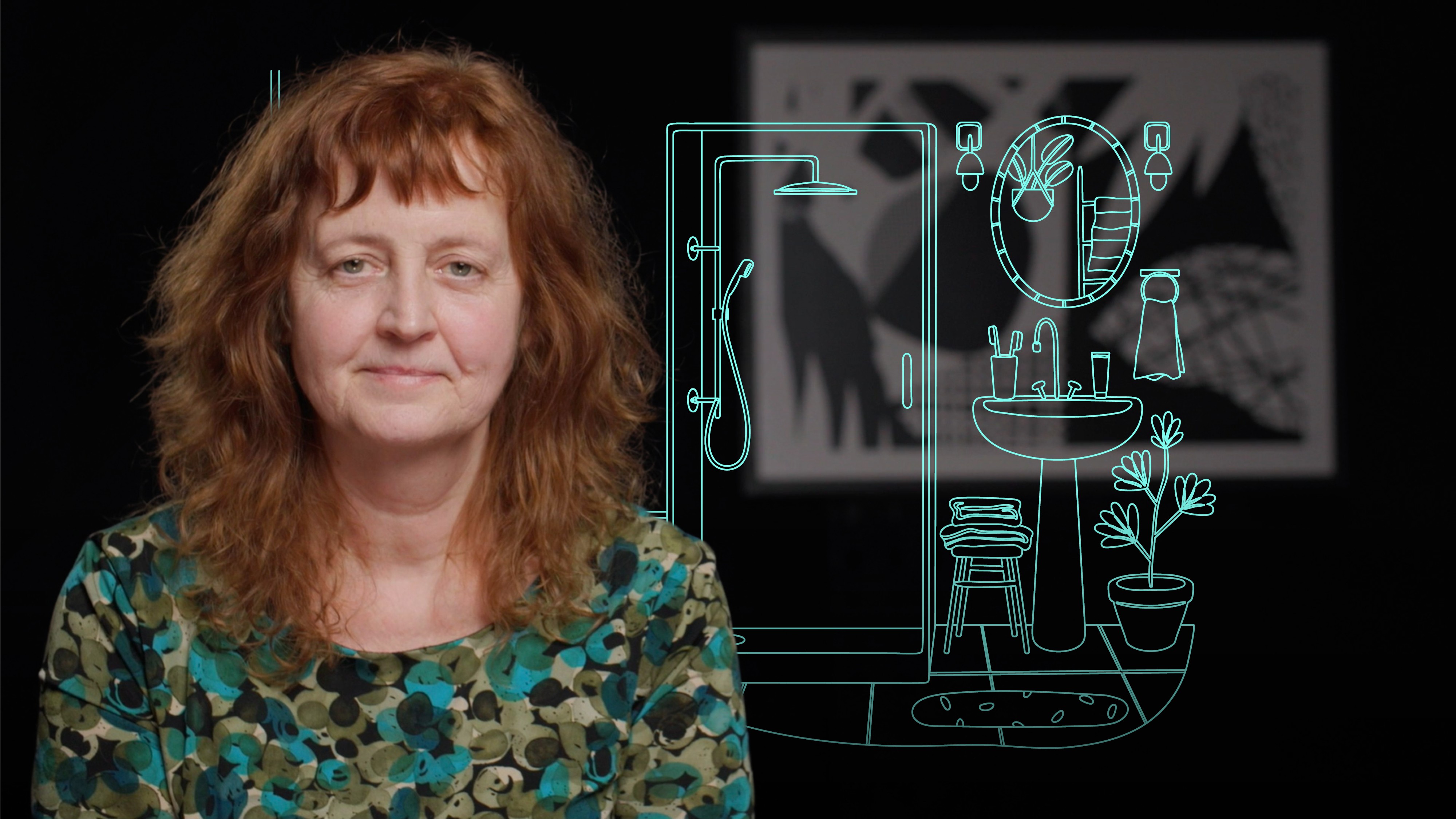
Carbon Emissions and Markets Jargon Buster

Nicola Steen
30 years: Emissions Trading Schemes
In this video, Nicola outlines some key terms relating to carbon markets such as Scope One, Scope Two and Scope Three emissions. She also explains further about the different types of strategies to avoid and reduce emissions and their impact on the environment.
In this video, Nicola outlines some key terms relating to carbon markets such as Scope One, Scope Two and Scope Three emissions. She also explains further about the different types of strategies to avoid and reduce emissions and their impact on the environment.

Carbon Emissions and Markets Jargon Buster
8 mins 42 secs
Key learning objectives:
Outline the two main types of offsets
Understand what are Scope One, Scope Two, and Scope Three emissions
Overview:
Carbon markets have been a successful way for organisations and individuals to move money into emission-reducing projects. It is key to understand the different ways of addressing emissions and the types of offsets in the markets: avoidance and removal of emissions in the markets. We need more economic activities resulting in both the avoidance of emissions and the removal of emissions.
What are Scope One, Scope Two, and Scope Three Emissions?
When we move towards net zero, we need to take into account each of the three emission types.
- Scope one emissions are emissions associated with direct fuel use, for example gas burning or if you have coal or oil at your place of work or in some manufacturing process.
- Scopes two and three are where your products are coming from and then where your product are used, so both ends of the supply chain.
What are the two main types of offsets?
1. Avoidance of emissions
Avoiding emissions includes activities such as reducing or avoiding the use of fossil fuel powered machinery, or adding solar panels to homes and offices. It can also mean using a more efficient way of cooking, such as switching from wood-burning stoves to energy efficient ones. We can also help protect forests by taking steps to avoid depletion and allowing existing forests to be maintained. These projects create 'avoidance' credits, which will help us address our carbon emissions.
2. Removal of emissions
Removing emissions can be done by actively planting more trees and by storing carbon in wood and soil. Technologies are also developing in this area, including carbon capture and storage,and whilst they are currently relatively expensive, they are very likely to reduce in cost over time.

Nicola Steen
There are no available Videos from "Nicola Steen"

